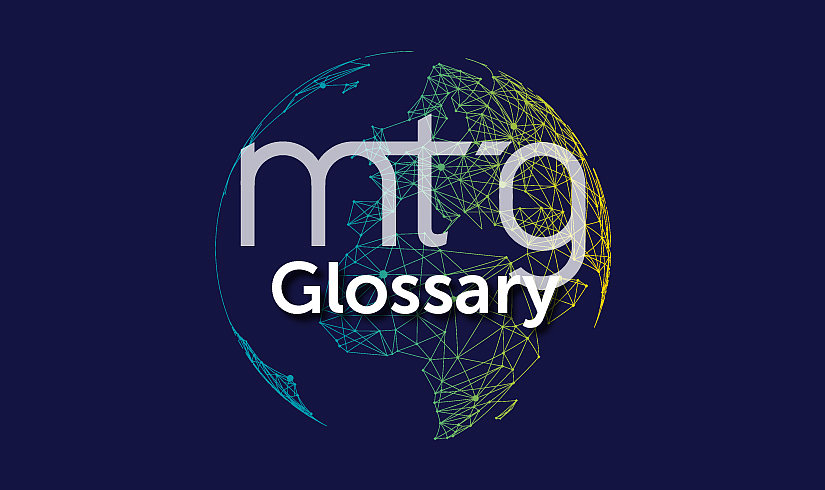The difference between Plain Language and Easy Language

The difference between Plain Language and Easy Language lies in their practical application and target audience.
Plain Language aims to convey information in a more concise and understandable way to an audience without special expertise, especially to those who do not understand complex texts well. Therefore, it uses everyday words as much as possible, but still allows the use of subordinate clauses.
Easy Language takes Plain Language one step further: It uses visual elements such as pictures, lists, and other tools to ensure that information will be understood by many people, regardless of their level of education and/or learning difficulties. Simplifying the language by avoiding foreign words makes it easier for people with limited language skills to understand.

